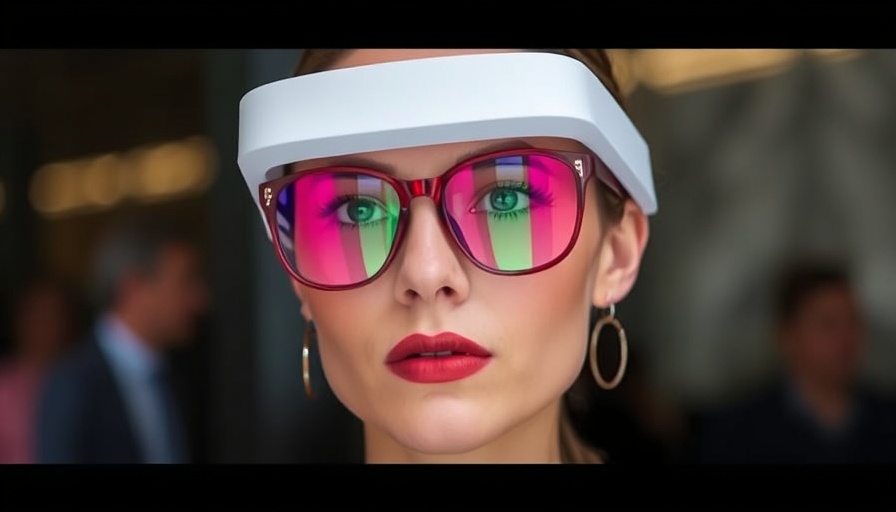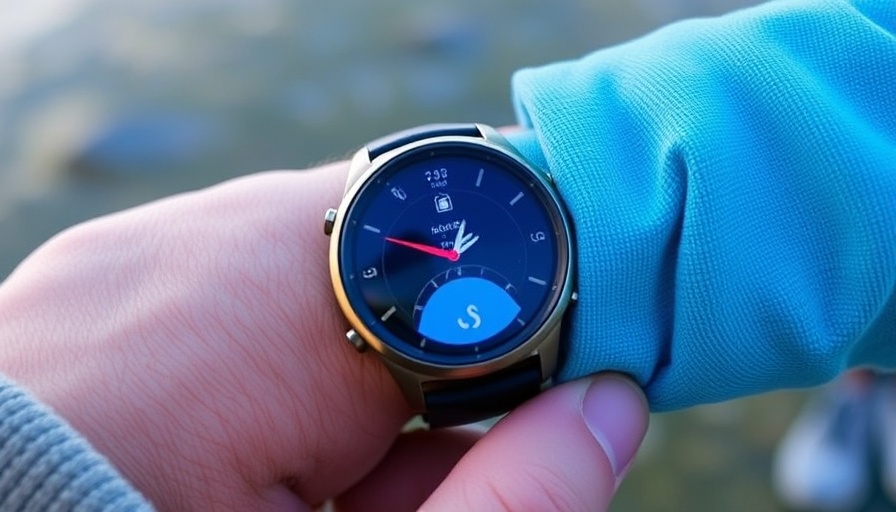
Why Human Insight Trumps AI in Programming Tasks
As the technological landscape evolves, it’s tempting for organizations to lean heavily on AI systems for programming tasks. However, while AI can automate a myriad of functions, certain tasks demand the depth of understanding and creative insight that only human programmers can provide. This article highlights important areas where offloading responsibility to AI might lead to unforeseen challenges.
Complex Systems and High-Level Design: A Human Touch is Essential
When tasked with intricate system designs, the nuanced understanding of how various components interact is critical. While AI can suggest syntax and write code snippets, it lacks the contextual intelligence vital for high-stakes decision-making. Human programmers excel in this realm, utilizing their years of experience to assess trade-offs and ensure that programs align with specific business goals.
Proprietary Codebases: Why You Shouldn't Trust AI with Your Unique Code
For businesses relying on proprietary codebases, implementing AI tools can prove detrimental. AI algorithms are largely trained on public domains from sites like GitHub or Stack Overflow, meaning they lack specific insights into your organization’s codebase. If given access to private code, AI may produce unusable code, which could disrupt operations and lead to wasted resources. Human programmers offer the critical understanding needed to navigate proprietary frameworks effectively.
Innovation: The Limits of AI Creativity
While AI can generate ideas based on existing ones, the algorithms cannot innovate in the same way a talented developer can. Creating a unique algorithm that propels an organization ahead in the market requires not just analysis of existing data but also creativity, foresight, and strategic thinking—qualities that are innate to human developers. Those looking to push boundaries should look to skilled individuals, not machines.
Security Concerns: The Overlooked Risks
Incorporating AI into sensitive programming tasks raises potential security issues. Machine-generated code may inadvertently introduce vulnerabilities that a trained human eye would detect. Humans possess the capacity to identify these risks, ensuring that software adheres to security protocols and safety standards.
Understanding User Needs: The Human Factor
Effective coding is not merely about writing lines of code; it involves grasping the user’s needs and expectations. An AI-generated code might miss subtle requirements, leading to a user experience that falls short. Human developers can engage with users, actively understanding and responding to their feedback, crafting solutions that genuinely fulfill user requirements.
Training and Developing Talent: Why It Matters
Relying too heavily on AI could hinder the growth and development of budding programming talent within organizations. By pushing tasks onto AI, companies risk not cultivating their human resource's skills. A healthy balance of human guidance and AI assistance can promote a learning environment that allows junior programmers to thrive and innovate.
Looking Ahead: A Balanced Future of Development
As AI technologies continue to advance, envisioning a collaborative future is essential. AI can serve a supportive role, optimizing tasks that require less human insight while ensuring critical decisions remain in the hands of skilled developers. By leveraging the strengths of both human intelligence and artificial intelligence, organizations can foster innovation while safeguarding proprietary code and security.
Conclusion: Know Your Limits with AI
While AI presents exciting possibilities for automation in programming, the importance of human insight should never be underestimated. Understanding the unique capabilities and limitations of both human developers and AI tools is crucial for successful programming endeavors. As you consider integrating AI into your processes, ensure that you retain human oversight on complex tasks where AI simply cannot match our knowledge and ingenuity.
 Add Row
Add Row  Add
Add 




Write A Comment